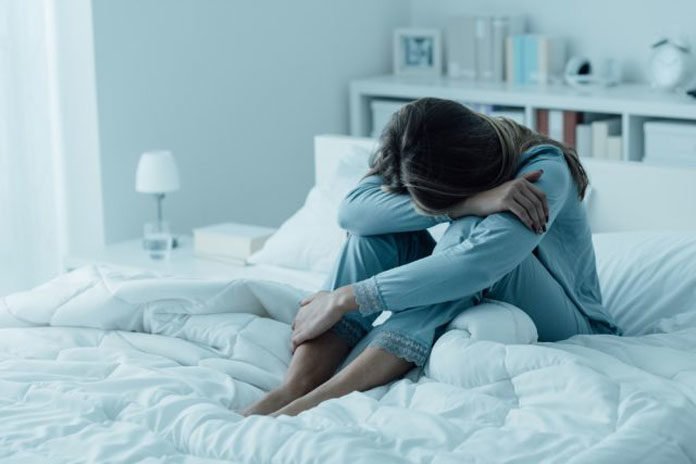About 25 percent of Americans experience acute insomnia each year. Insomnia involves both a sleep disturbance and daytime symptoms. The effects of insomnia can impact nearly every aspect of your life.
Studies show that insomnia negatively affects work performance, impairs decision-making and can damage relationships. In most cases, people with insomnia report a worse overall quality of life.
Though, studies have suggested different reasons for insomnia including stress, poor sleep habits, screen use etc. In a new study, scientists have provided a shocking reason for insomnia.
Scientists suggest that light pollution may cause insomnia in older adults. Results demonstrate that expanding night time dimensions of artificial, outdoor light exposure, stratified by quartile, were related with an expanded pervasiveness of mesmerizing remedies and day by day dose intake.
Moreover, older adults presented to more elevated amounts of counterfeit, outdoor light around evening time were bound to utilize sleep-inducing drugs for longer periods or higher daily measurements.
Kyoung-bok Min, Ph.D. said, “We observed a significant association between the intensity of outdoor, artificial, nighttime lighting and the prevalence of insomnia as indicated by hypnotic agent prescriptions for older adults in South Korea. Our results are supportive data that outdoor, artificial, nighttime light could be linked to sleep deprivation among those while inside the house.”
Inappropriate or excessive use of artificial, outdoor light at night, referred to as “light pollution,” has emerged as a novel environmental factor linked to human health. Research has shown that artificial nighttime lighting, whether indoor or outdoor, induces disruption of circadian rhythms, potentially leading to metabolic and chronic diseases, including cancer, diabetes, obesity, and depression.
The study used data from the 2002–2013 National Health Insurance Service-National Sample Cohort (NHIS-NSC), a population-based cohort in South Korea. The final study sample, after excluding those with a diagnosed sleep disorder, comprised 52,027 adults who were 60 years of age or older. About 60 percent of participants were female.
Light exposure was based on satellite data provided by the National Centers for Environmental Information. The estimated light pollution level in each administrative district was matched with individuals’ residential districts to determine an individual exposure level.
Utilization data for two hypnotic medications, zolpidem, and triazolam, were separated from health care coverage records. Around 22 percent of study members had remedies for trancelike medications.
General health authorities appear to be less worried about light pollution than with other ecological pollutants. Notwithstanding, this examination fortifies the potential connection between light pollution on and antagonistic health outcomes.
Min said, “Given the recent scientific evidence including our results, bright outdoor lighting may be a novel risk factor for prescribing hypnotic drugs.”
The study is presented in the Journal of Clinical Sleep Medicine.
